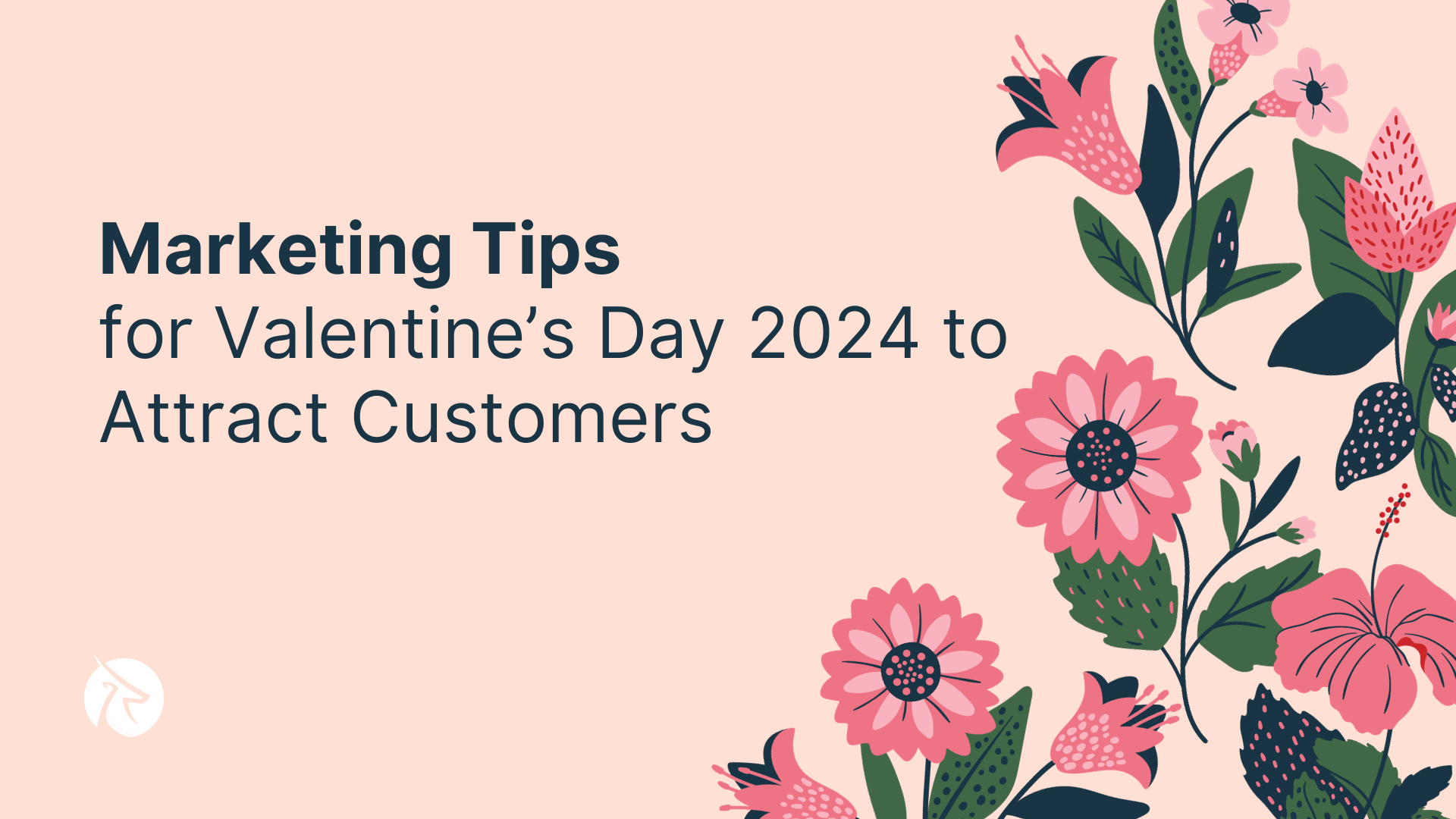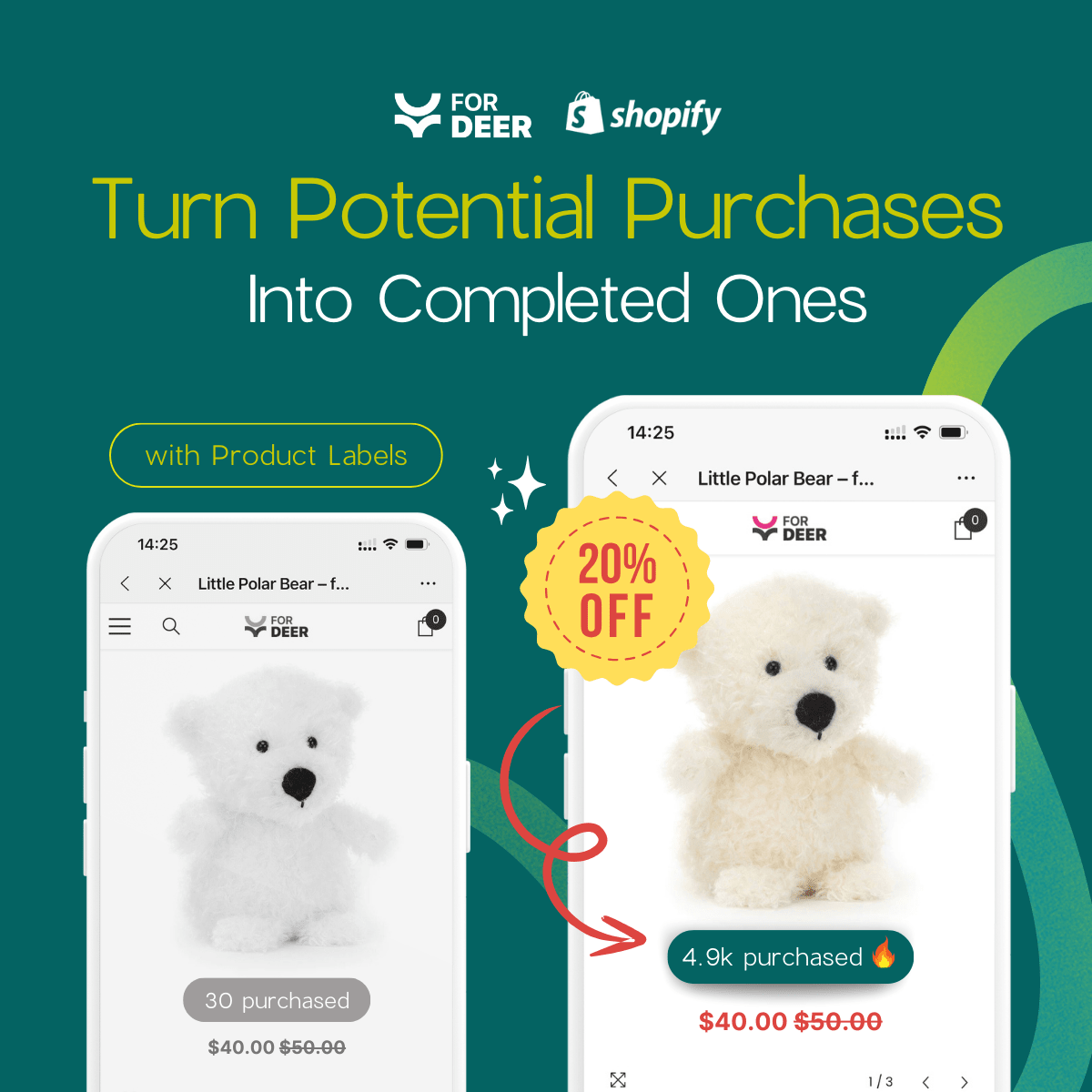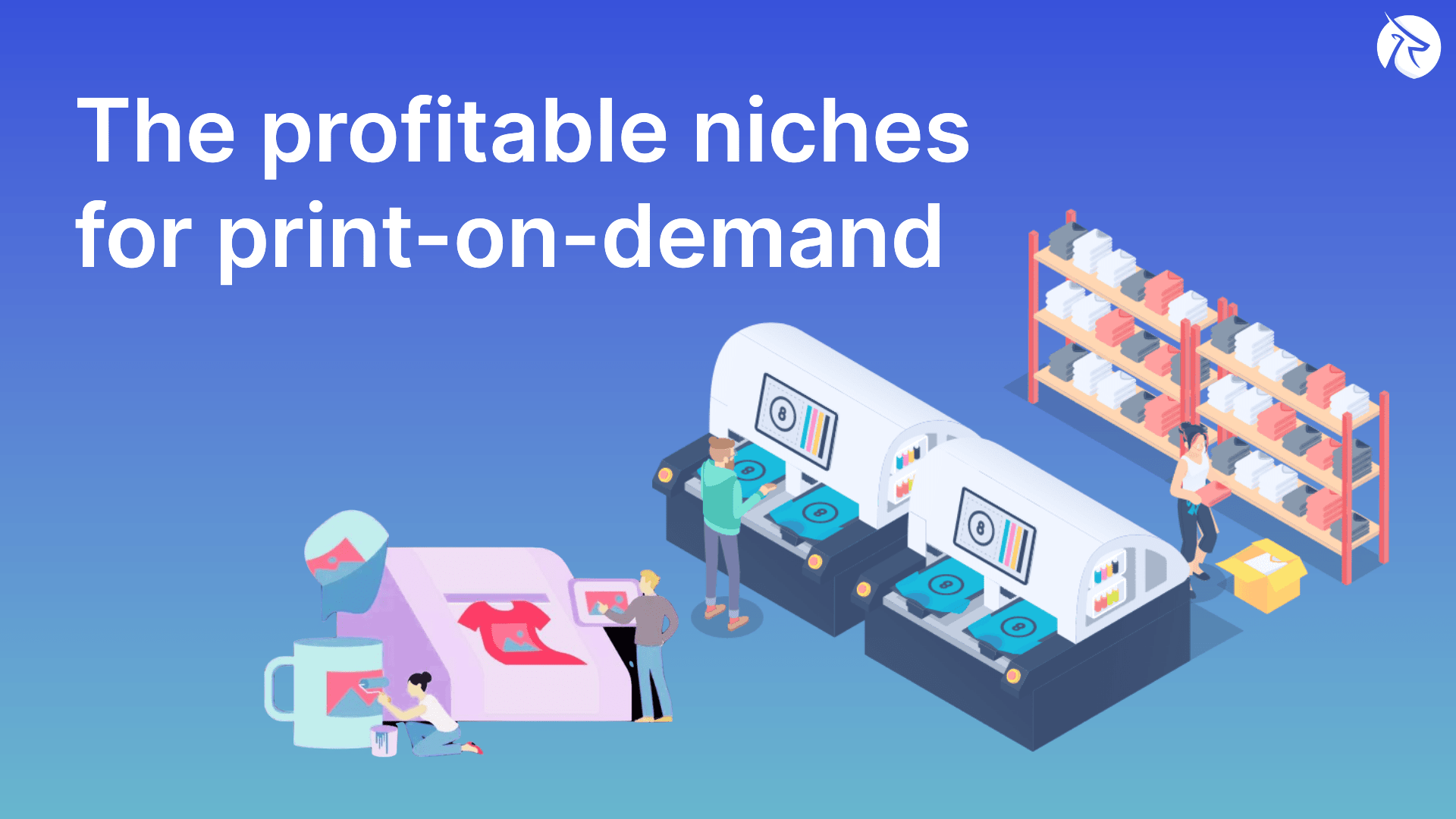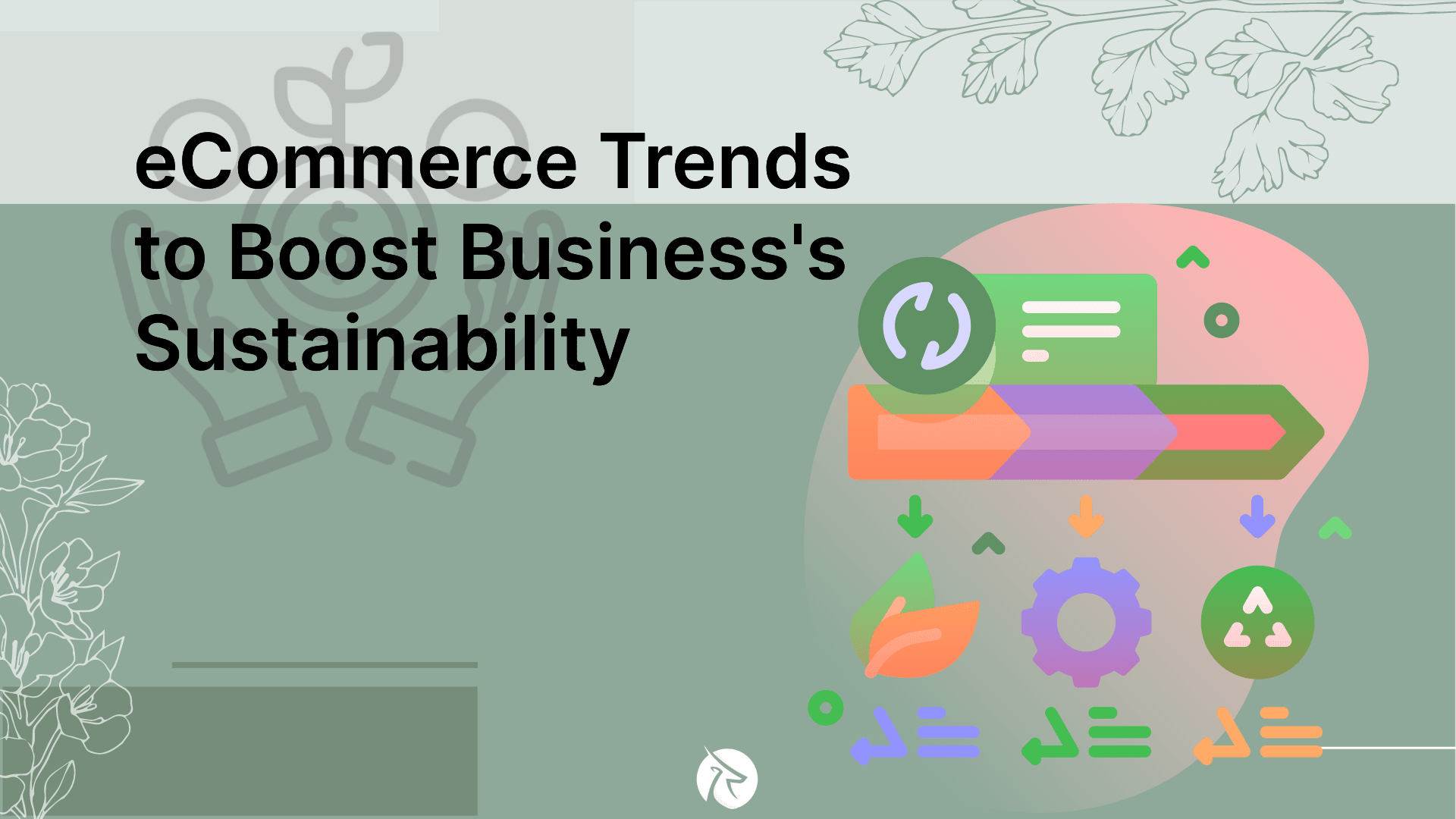Marketing Tips for Valentine’s Day 2024 to Attract Your Customers

For lovers, Valentine's Day can be a celebration of love. However, for businesses, Valentine's Day can be a golden opportunity to connect and communicate with target customers on an emotional level and boost sales.
Valentine's Day is an occasion all businesses shouldn’t miss out on. As Valentine’s Day 2024 is just around the corner, Fordeer would like to provide you with some marketing tips for your business to stand out from the competitive landscape of today’s market.
Why can Marketing Tips for Valentine’s Day help?
A brief overview of Valentine’s Day as a significant marketing opportunity
Valentine’s Day traces back to ancient Rome, where it is believed to have originated from the festival of Lupercalia, celebrated in mid-February. Over time, Valentine’s Day became associated with romantic love and devotion.
Nowadays, Valentine's Day is celebrated globally and has evolved beyond traditional expressions of affection, becoming one of the major commercial events of the day. Businesses that can take capital from this event can significantly boost their sales.
Emotional connections during this occasion
It tapped into emotions associated with love, romance, and relationships, offering a chance for businesses to connect and touch the deepest level of customers’ souls. Brands can leverage these sentiments to build brand loyalty, too.
Things that are related to emotions tend to stay longer in the heads of customers. When a marketing campaign can evoke emotions such as joy, nostalgia, or excitement, it resonates with audiences and creates a memorable connection.
By creating a unique and memorable experience that goes beyond just product features, businesses can stand out in a crowded market. Customers can let go of their barriers to purchasing products and be encouraged to make swift purchase decisions.
Marketing statistics of marketing campaigns on Valentine’s Day the year before
According to Insider Intelligence, Valentine’s Day spending is expected to rise 8.4% this year. Nearly one-third plan to give the gift of an experience, the highest share ever.
In the United States, spending on this occasion surpassed 23 billion US dollars in 2022. Contrary to conventional beliefs, this expenditure wasn't solely confined to traditional gifts like teddy bears, chocolates, and flowers. Consumers are now investing in experiences such as travel and self-care.
In light of these evolving trends, what was previously deemed an unfit opportunity for your business or industry may now hold promise! The real question emerges: How do you captivate these enthusiastic shoppers?
The question is, how do you meet those eager shoppers?
Tips 1: Understanding your audience
Research and analyze customer behavior
To create an effective marketing campaign, first things first, you have to have a deep understanding of who you are targeting. Thorough research about customers ensures that marketing efforts are not useless.
It saves time and effort for both businesses and customers. Businesses can offer what they have to those who are more likely to find value in what they offer. This relevance increases the chances of engagement and conversions.
Rather than casting a wide net, targeting a specific group of customers can help businesses allocate resources more efficiently. Businesses'’ products cannot serve all; businesses have to focus on segments that yield the highest return on investment.
Persona building
Building a persona is to visualize detailed, accurate customers. These personas are fictional characters that embody the traits, behaviors, and needs of specific segments within a target audience.
By building the right persona, businesses can produce products that perfectly suit their desires, motivations, pain points, behaviors, and preferences. This lays a stable foundation for businesses to define objectives and choose appropriate channels.
Tips 2: Defining your objectives
Business Objectives
Business objectives are specific, measurable, and time-bound goals that an organization aims to achieve. These objectives guide the company's efforts and serve as a roadmap toward success.
The optimum goal of a business is to maximize profits. To do that, businesses should focus on reducing operational costs, increasing sales revenue, profit margins, and, of course, market share.
Marketing Objectives
Marketing objectives are businesses’ marketing efforts that align with businesses' objectives. These objectives are crucial as they define what businesses want to achieve through their marketing campaigns.
There are some metrics to measure marketing objectives, such as brand awareness, lead generation, customer acquisition, sales and revenue, market share, marketing ROI,... These objectives serve as benchmarks for evaluating the success of marketing objectives.
Communication Objectives
Communication objectives are what businesses aim to achieve through their communication efforts. These objectives are mainly to convey the messages to the target audience.
Businesses set communication objectives to assess how well the information of the marketing campaign can be sent to customers. The main focus is to ensure the audience comprehends what sets the brand apart from competitors.
Last but not least, remember that you should establish a specific, measurable goal to evaluate the success of your business efforts. Business serves as a roadmap to create impactful messages, and it affects the overall success of the brand.
Tips 3: Crafting a creative campaign
In the next step, businesses can create an appealing campaign to stand out and make a memorable impact in the minds of customers. There are several ways for businesses to launch a campaign.
Use Functional Approach
The functional approach refers to focusing on the practical and tangible benefits of a product or service when promoting it to consumers. This approach highlights the functional aspects, features, and utility of the offering.
Emphasizing the functional benefits of your products can help address specific needs or problems that customers seek to solve with a product or service. By providing customers with a straightforward and tangible understanding of what the product or service offers, we reduce barriers to their purchase decisions.
Customers often seek detailed information about the features and specifications of the function of the product/service. Businesses can showcase superior functional benefits or features. Functional aspects can be a source of differentiation, allowing businesses to stand out in a crowded market.
The functional approach serves some purposes, such as:
- Addressing customers’needs
- Clarity and tangibility
- Competitive Positioning
- Building Trust and Credibility
- Target rational customers
- Balancing Emotional Approach
Use Emotional Approach
The emotional approach taps into the feelings, desires, and aspirations of consumers. If businesses can deliver emotional factors effectively, their brand affinity can be enhanced, leading to increased engagement, loyalty, and advocacy among customers.
Many studies show that emotions heavily influence purchase decisions. Emotional marketing can connect with consumers on a deeper, more personal level, fostering meaningful and long-lasting connections with the brand.
Emotional connections can build authenticity and consumers’ trust. Customers may feel exploited, and your businesses are trying to take money away from their pockets if you do not execute any emotional connection.
Since emotional connections are universal, emotional marketing also fosters brand advocates, who enthusiastically promote and advocate for the brand among their networks. This can tap into what consumers truly care about on a personal level.
To recap, using an emotional approach can help:
- Create meaningful connection
- Building Trust and Authenticity
- Appealing to Human Values and Aspirations
- Long - Term Brand Advocacy
Utilize UGC
Utilizing User-Generated content can be immensely beneficial for businesses. It serves as a powerful tool to amplify the brand’s message while celebrating and sharing the diverse experiences of its customers during this special occasion.
UGC showcases the genuine experiences and sentiments of customers. UGC allows businesses to tailor their marketing efforts by showcasing how customers use their products/services in the context of Valentine’s Day.
UGC can help a brand expand its reach and visibility when customers actively share their experiences on social media. Leveraging UGC on Valentine’s Day humanizes the brand, enhances customer engagement, and builds a more authentic and relatable connection with the audience.
In Short, there are several reasons to take advantage of UGC
- Authenticity and Relatability
- Building Trust and Credibility
- Personalized Marketing Approach
- Increase Reach and Engagement
Tips 4: Combine multiple tools in Marketing
Marketing tools are only effective when they are mixed, in the sense that they help businesses create a comprehensive and effective marketing strategy that reaches and engages their target audience.
Social Media Engagement
Social media is all the rage nowadays and has billions of active users. This is an effective tool to help them connect with their target audience.
It has become an indispensable component of modern marketing strategies, and all businesses are trying to master the platforms. Social Media tools can also showcase the business in many forms, such as visual content, videos, and infographics.
Email Marketing Strategies
While with social media, businesses can target a mass audience, email marketing focuses more on a specific person. As a result, it can foster a more intimate connection with the audience.
Compared to traditional or indirect marketing tools, email marketing is cost-effective and still yields a high return on investment due to its ability to generate leads, conversions, and repeat sales.
Moreover, consistent email communication can help build a long-term relationship between a business and keep a brand top-of-mind. And, of course, the marketing efforts of a company will be paid off. Nowadays, businesses also have to catch up with trends and technology to incorporate new features and techniques to enhance effectiveness.
Utilize Pop-up
You can also introduce special, limited-edition Valentine's Day products or services available exclusively through the pop-up and create a sense of urgency by highlighting the limited availability. In addition, you can also integrate social media elements into the pop-up, allowing customers to share their favorite Valentine's Day products or promotions.
PopUps on Valentine's Day can also tell appealing and compelling brand stories that relate to love and relationships. As we mentioned above, these emotional approaches can tap into the deepest feelings of your customers.
As a result, they will be more sympathetic to your brand. However, remember to ensure that the pop-up is user-friendly, visually appealing, and aligned with your brand’s image.
Tips 5: Post-Campaign Follow-up and Analysis
Last but not least, after the campaign is executed in real life, businesses have to analyze its performance to know if it achieved its objectives and goals.
Analyzing Campaign Performance
Analyzing performance data provides valuable insights for making informed decisions about future strategies, resource allocation, and optimizations. Business owners all want to know whether what they are paying for paid off or which elements of the campaigns yielded the best results.
From there, businesses can understand the strengths and weaknesses of the campaign and propose another, more effective one in future campaigns. It also helps attribute conversions and successes to specific marketing channels or touchpoints, providing a clearer picture of what drives results.
Post-Valentine’s Day Engagement
Post-Valentine’s Day engagement is also crucial for business as it involves capitalizing on the momentum and emotions associated with the holiday to maintain customer connections and drive ongoing engagement.
Here are some effective strategies recommended for post-Valentine’s Day activities:
- Send personalized thank-you messages via email or social media posts.
- Showcase UGC Valentine’s experiences, testimonials, or photos shared by customers
- Seamlessly transform Valentine’s Day into related themes such as self-love, friendship, and spring in marketing content to maintain relevance.
- Offer exclusive rewards or benefits to loyal customers as a token of appreciation for their continued support beyond Valentine’s Day.
Final thoughts,
In the middle of the emotions and aspirations that Valentine’s Day brings, businesses can take advantage of this occasion to connect with customers in a meaningful way. The success of marketing endeavors during Valentine's Day 2024 stemmed from capturing fleeting attention and strengthening enduring loyalty.
The marketing tips for Valentine's 2024 affirmed that success isn't merely measured in transactions but in the depth of emotional connections forged, the resonance of experiences created, and the enduring bonds nurtured between brands and their audience. With all the tips above, Fordeer will be glad if that can help your business thrive.
Have additional tips for Valentine's 2024? Feel free to share with us in the comments section below.











